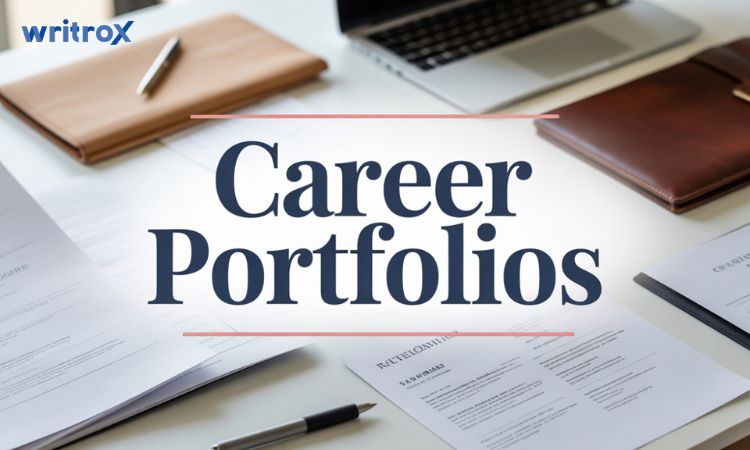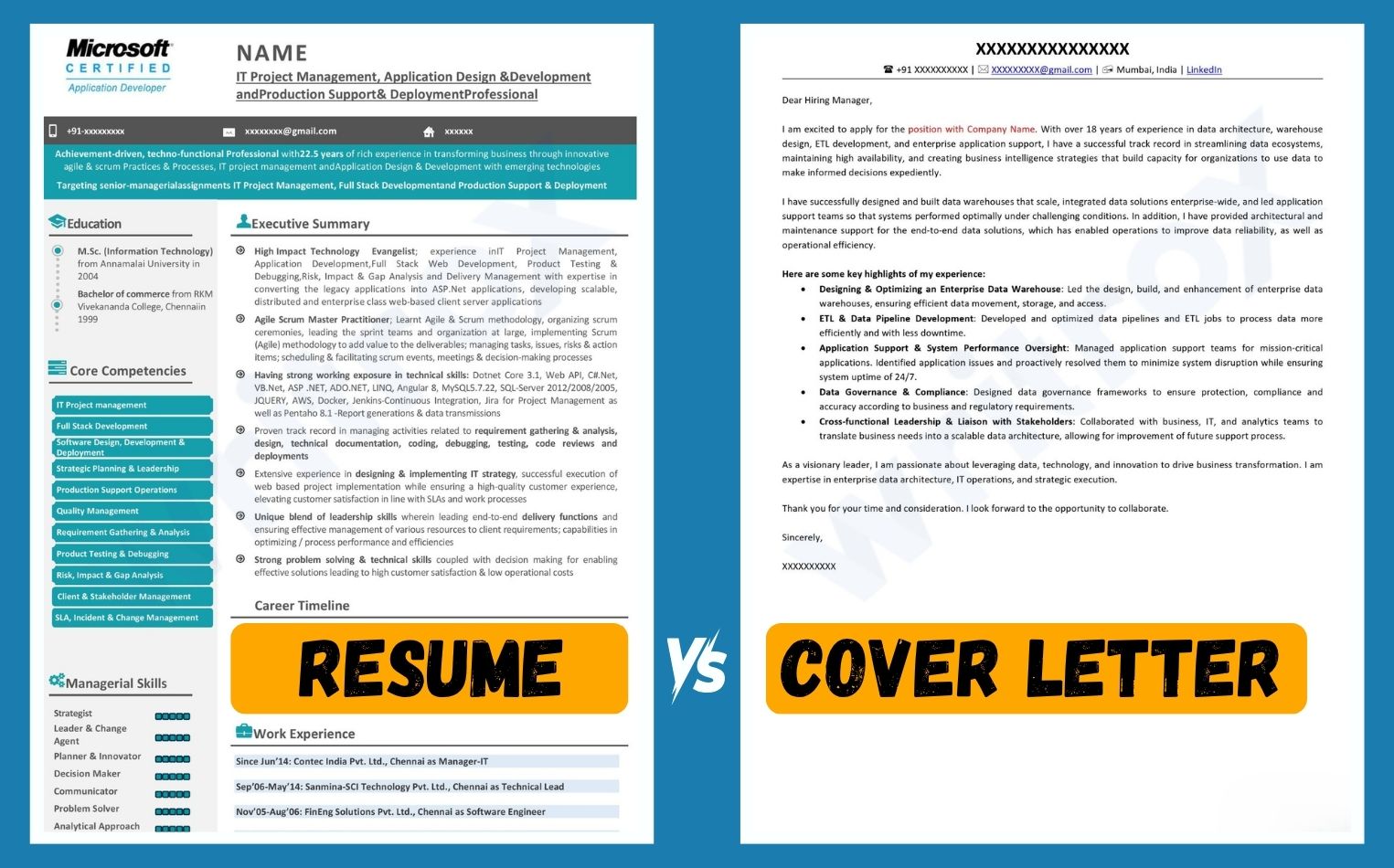Have you ever considered what one can accomplish in 7 seconds? Probably not much at all.
It turns out that’s exactly how much time recruiters spend scanning through resumes before determining whether or not to evaluate the application.
You have 7 seconds to persuade the recruiter that your resume is relevant and that they should read the rest of it.
So, how do you go about doing that?
Well, you must use the appropriate resume sections and fill in the contents as thoroughly as possible.
Not sure which sections of your resume are required and which are optional? Are you having trouble organizing the sections of your resume?
When you feel like what you have isn’t enough, you can overcompensate by including as many categories as possible on your resume. In these situations, remember the golden rule: less is more.
Rather than trying too hard and ending up with a bloated resume, stick to the essentials. Also, depending on your career, provide any optional sections that will complement it.
So, how do you create your own resume?
you must follow these two simple guidelines for powerful resume
- The required sections must be included. Without them, your resume isn’t a resume.
- Other areas are optional, and you can include those that are related to your profession or the job you’re looking for.
Which sections are required and which are optional?
Sections of a standard resume
Every resume should include the following five crucial sections:
| (a) | Personal details |
| (b) | Objective or resume summary |
| (c) | Work experience |
| (d) | Education Qualifications |
| (e) | Skills |
For a recruiter, these are the most crucial sections of the CV. You should not exclude any of them. You’ll have created a conventional resume with all of the relevant information if you include these five sections.
Following these basic resume categories, you can add some more areas based on your experience and skill levels. As an example:
| (a) | Volunteering Experience |
| (b) | Projects |
| (c) | Honors and Awards |
| (d) | Extensive Leadership Experience |
| (e) | Interests and Hobbies |
| (f) | Licenses and certifications |
| (g) | Extracurricular Activities |
| (h) | Accomplishments |
| (i) | Publications |
| (j) | Trainings |
Sections of a resume to include
The sections on your resume, the order in which they are organized, and the titles you choose are all critical components of your resume format.
Let us begin with the five areas that every resume should include:
1. Contact Details
Contact information is the most fundamental section of every resume. After all, if a potential employer doesn’t know your name or how to contact you, they won’t be able to offer you an interview.
At the very least, your resume heading should include the following information:
| (a) | Name and surname |
| (b) | email address |
| (c) | contact number |
| (d) | You may also want to include the following additional information: |
| (e) | Professional title |
| (f) | LinkedIn profile URL |
| (g) | Mailing address |
A link to a portfolio or personal website is another useful addition. If you work as a graphic designer, animator, or in a career that relies heavily on graphics, employers will want to see samples of your work.
2. A resume’s opening
This is a concise section at the top of your resume that summarises your main qualifications and strengths. It’s also your first and best chance to catch the eye of a hiring manager, and you just have seconds to do it.
There are two main types of resume introductions, and which one you choose will be determined by your circumstances.
Resume Summary
A resume summary is a concise statement that emphasizes your most important work-related accomplishments and talents in a short paragraph or four to five bullet points.
Summaries are one of the most common ways to begin a resume and the best approach if you want to advance in your current field.
Resume Objective

A resume objective is a brief statement that emphasizes your intent and motivation. An excellent resume objective emphasizes how you will help the organization reach its goals rather than your abilities and relevant expertise.
If you’re an entry-level candidate drafting a CV for your first job or changing careers, objectives are the way to go.
Work history section
One of the most important compartments of a resume is the work experience section. This is the place where your professional achievements should really shine.
Include the following information for each position you’ve held:
- Name and location of the company
- Your job title
- Employment dates
Three to five bullet points highlighting your primary tasks and accomplishments
If you’re drafting a chronological resume, put your most recent position first, then your previous positions in reverse chronological order.
Resume section for skills
The skills part of your resume should include a mix of all skills (hard and soft) that are relevant to the job you want.
If the position you’re seeking requires specialized technical skills, list as many of them as possible in your skills section. You can also include other hard talents that recruiters like, such as Microsoft Office, language fluency, and computer skills.
Soft skills are equally necessary for a positive and productive workplace. These are the personality attributes that influence how you approach work and interact with people, such as adaptability, creativity, and communication skills.
Demonstrate that you have all the skills required to succeed in the role to persuade a hiring manager that you are qualified for the position.
Resume education section

Your highest level of schooling should be listed in the education section of your resume. This could be a high school diploma, an undergraduate diploma, or a graduate diploma. You do not need to enter your high school details if you have completed your undergraduate courses.
You must include the following details:
- The name of the school
- Location
- Degree type and field of study
- Graduation year
- GPA (optional, and only if greater than 3.5)
If you’re preparing an entry-level resume for a new graduate, you can enlarge your education section to make up for a lack of work experience. In this scenario, include any relevant coursework, awards, honours, and academic achievements on your CV. If you lack work experience, you might also include your extracurricular interests here.
Writing a CV as a fresher can be overwhelming because this is the first step in your career ladder, and making sure you get everything right can be difficult; however, you can always get help from professional resume writing services at this time. Writrox is a leading and one of the best professional resume writing services in India, offering resume writing for freshers and professionals of all levels. Hire Writrox to kickstart your career the right way!













